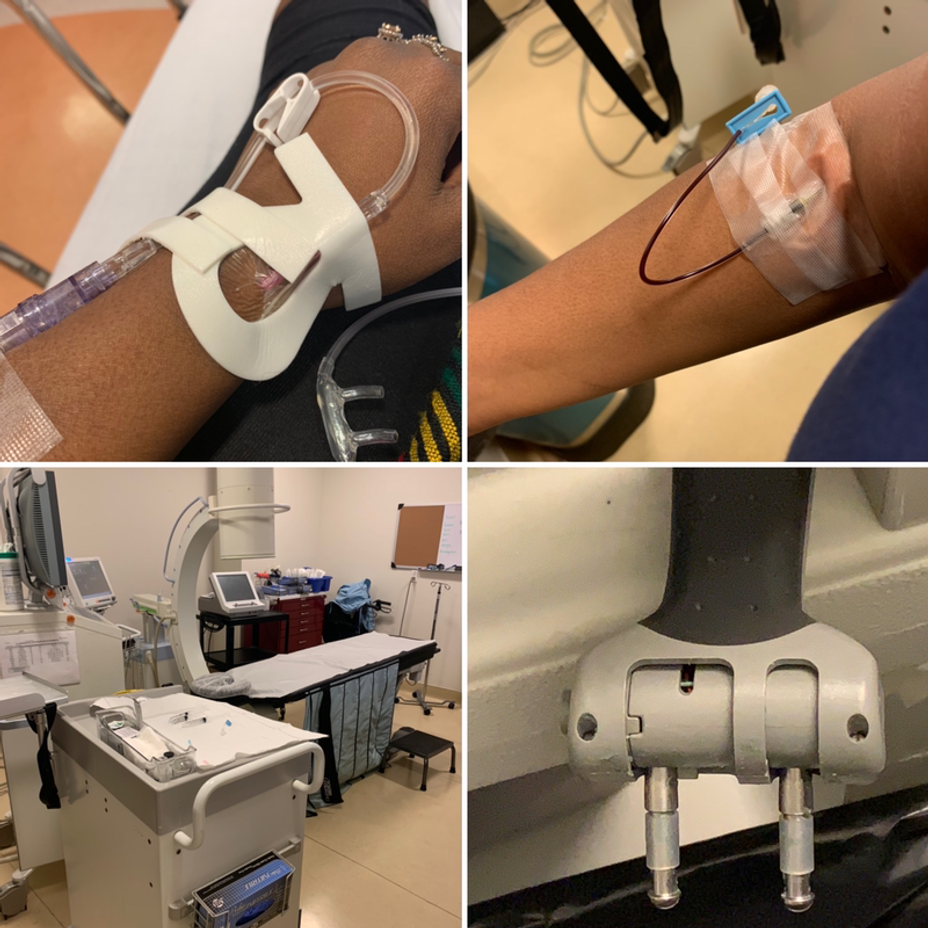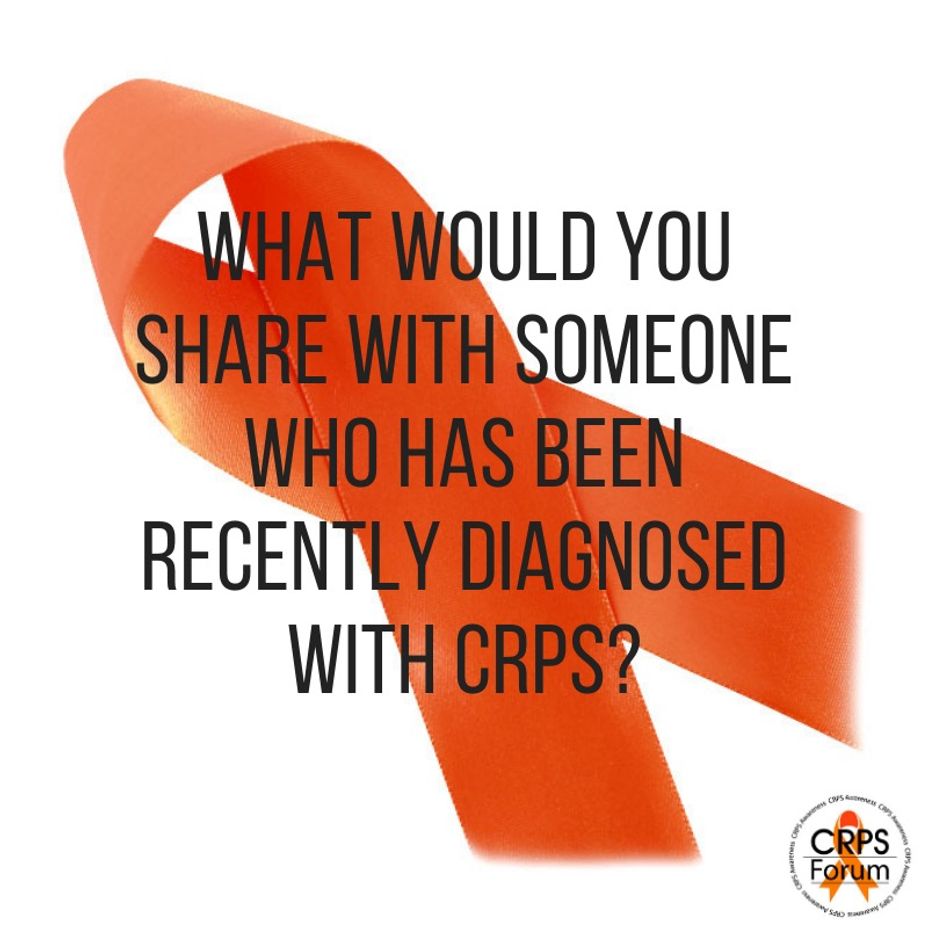Navigating Complex Regional Pain Syndrome (CRPS) as a Single Parent: A Comprehensive Guide to Managing Challenges and Prioritizing Well-being
Introduction
Complex Regional Pain Syndrome (CRPS) is a chronic and debilitating condition that can significantly impact one's daily life. For a single parent, managing CRPS adds an extra layer of complexity to an already demanding role. This guide aims to provide comprehensive insights and practical strategies for single parents grappling with CRPS, offering support in navigating the challenges while prioritizing both physical and emotional well-being.
Understanding Complex Regional Pain Syndrome (CRPS)
It's crucial for single parents to have a solid understanding of CRPS to effectively manage the condition for themselves or their child.
Building a Support Network
Single parents with CRPS face unique challenges due to the absence of a partner to share responsibilities. Establishing a reliable support network is essential. This network may include friends, family, neighbors, or support groups for individuals with chronic pain conditions. Communicating openly about your needs and limitations can help others understand how to provide assistance when necessary.
Creating a Sustainable Routine
Single parenting requires careful time management, and adding CRPS to the equation demands an even more structured routine. Establishing a daily schedule that includes regular breaks for self-care and pain management is crucial. Prioritize essential tasks and## be realistic about what can be accomplished in a given day. This routine should also allow for flexibility to accommodate fluctuations in pain levels.
Accessible Home Environment
Adapting the home environment to accommodate CRPS is essential for both the parent and the child. Make adjustments to minimize physical strain, such as rearranging furniture for easy mobility and investing in ergonomic tools. Ensure that the child understands the limitations imposed by CRPS and involve them in maintaining an organized and accessible living space.
Managing Medical Appointments
CRPS often involves frequent medical appointments, which can be challenging for single parents managing household responsibilities and childcare. To streamline the process, consider scheduling multiple appointments on the same day when possible. Explore telehealth options for non-urgent consultations. Additionally, communicate with healthcare providers about your role as a single parent, and work together to develop a manageable treatment plan.
Emphasizing Self-Care
Single parents with CRPS may find themselves neglecting their own well-being while prioritizing the needs of their children. It's crucial to recognize the importance of self-care and to carve out time for activities that promote physical and mental health. This may include gentle exercises, mindfulness practices, and hobbies that provide joy and relaxation.
Effective Pain Management Strategies
Managing pain is a central aspect of navigating CRPS. Single parents must develop a toolbox of effective pain management strategies tailored to their lifestyle. This may include medication management, physical therapy exercises, heat or cold therapy, and alternative treatments such as acupuncture or massage. Consult with healthcare professionals to find a personalized approach that works best for your specific situation.
Educating and Communicating with Children
Children of single parents with CRPS may struggle to understand the complexities of the condition. Open and honest communication is key. Provide age-appropriate information about CRPS, emphasizing that it is not their fault and that you are working together to manage the challenges. Encourage questions and foster a supportive environment where both parent and child can express their feelings.
Financial Planning and Resources
Single parents may face financial strain due to the costs associated with CRPS, such as medical bills, therapies, and adaptive equipment. Investigate available resources, including government assistance programs, non-profit organizations, and local support groups. Create a budget that prioritizes essential needs and explore cost-saving strategies without compromising on health and well-being.
Building Resilience and Seeking Emotional Support
Living with CRPS can be emotionally draining, and single parents may experience additional stressors. Building resilience is crucial for coping with the emotional toll. Seek emotional support through counseling, support groups, or online communities. Learn to recognize signs of burnout and prioritize activities that promote emotional well-being, such as spending quality time with loved ones or engaging in enjoyable hobbies.
Conclusion
Navigating Complex Regional Pain Syndrome as a single parent is undeniably challenging, but with proactive planning and a strong support network, it is possible to effectively manage the condition while maintaining a fulfilling family life. By prioritizing self-care, effective pain management, and open communication with both healthcare professionals and children, single parents can navigate the complexities of CRPS with resilience and grace. Remember that seeking support is a sign of strength, and there are resources available to help lighten the load.
#bnightscrps #CRPS #crpsawareness #CRPSWarrior #crpslife #crpssupport #ChronicPain #Chronicpainwarrior #chronicpainlife #chronicpainawareness #chronicpainmanagement #chronicpainquotes #chronicpainsupport #ChronicIllness #chronicallyill #chronicillnessmemes #chronicillnessawareness #chronicillnesssupport #chronicillnessquotes #ChronicIllnesses #burningnights #burningnightscrps #burningnightscharity #bnightscrpscharity #burningnightscharityfundraiser #k9searchmedicaldetection #barkbag #wagthedog






